At age 20, Nate Briskey had seen the inside of an operating room more times than most people would in a lifetime.
Already he had undergone 22 surgeries, most on his undersized jaw. Some helped, but others left him back where he started.
And yet here he was, ready for one more surgery.
He had high hopes for this one.
Nate was about to undergo an innovative surgery developed by pediatric craniofacial surgeons at Spectrum Health Helen DeVos Children’s Hospital. They would implant two titanium jawbones and silicone joints, custom-designed and fitted for his facial structure.
Although barely able to open his mouth, Nate explained in a clear voice: “I have to do something. It’s going to help with my teeth. It’s going to open the door for more opportunities. It’s now or never.”
Just a week before surgery, Nate said he did not worry about the outcome.
Why?
He held up the diamond-chip cross he wears around his neck.
“God’s with me,” he said. “I leave it in his hands.”
Challenges from Day 1
John Polley, MD, a pediatric plastic and reconstructive surgeon, examined Nate and sympathized with the young man’s challenges.
“His was a really, really tough case,” he said.
Nate was born in Lake Orion, in Southeast Michigan, the third of Lisa and John Briskey’s four sons.
Before birth, an ultrasound showed he had Pierre Robin sequence, a rare condition that affects the development of a baby’s lower jaw, palate and ears.
The doctors told Nate’s parents he would require a lot of medical attention.
“We committed that we would take him anywhere in the world for help,” said his mother, Lisa Briskey. “Wherever he could get help, we were going to take him there.”
Nate faced unique difficulties from his first moments of life. As soon as he was born, the medical team took him to the neonatal intensive care unit.
He had a specially designed bottle that enabled him to eat, although it took more than an hour to drink a small amount of milk. Family members helped the Briskeys care for Nate and his older brothers.
“He couldn’t sit in a car seat,” Lisa said. “If he leaned forward, he wouldn’t be able to breathe. He had a car seat-bed that he could lie down in.”
Initially, the medical team said Nate could not hear. But Lisa was certain otherwise.
“When I was pregnant with him, every time the dog barked, he would jump,” she said.
A doctor explained that Nate’s jaw was set so far back that it pinched the tubes in his ears. Once he had surgery, it would open up the passage and improve his hearing.
When Nate reached 2 years old, a surgeon told Lisa he would be mute. Again, she thought otherwise.
“I said, ‘I am going to be a fighter here,’” she said.
She took Nate to speech therapy every week. Nate underwent surgery on his tongue and cleft palate.
And he did indeed learn to talk, using lip-reading to help with communication.
Nate had a tracheotomy from age 3 to 7. It allowed his medical team to provide anesthesia during his multiple surgeries—his airway was too compressed and twisted for intubation.
At age 12, Nate underwent a jaw distraction surgery in hopes it would lengthen his jaw.
“But the bone never grew,” Lisa said.
Although well intentioned, some of Nate’s early surgeries caused bones in his jaw and skull to fuse. This made it even more difficult to open his mouth.
“Things we take for granted—breathing, biting and chewing normally—were things he couldn’t do,” Dr. Polley said.
Art and music
In other areas, Nate excelled.
He taught himself to play the guitar and piano. He’s gifted artistically.
He took accelerated math classes and learned to write computer programs.
At home, he plays hockey and videogames and rides dirt bikes with his brothers, Jacob, Joseph and Zachary.
At school, he did well academically. Sometimes, he felt the sting of rejection, sitting alone at lunch or missing out on social events.
“But he got up every day and walked into that school with his head up,” Lisa said. “He has more courage than anybody.”
Nate tries not to focus on the negatives.
“When you worry about everything, then you get in a bad mood,” he said. “I’d rather remain calm and positive.
“I leave it with God. He has been with me the whole way. I would not be here without him.”
‘The most severe case’
In February 2021, Nate arrived at Helen DeVos Children’s Hospital for his surgery.
In the operating room, a team assembled, including two craniofacial plastic surgeons, Dr. Polley and John Girotto, MD, and two otolaryngology surgeons, Joseph Taylor, MD, and James Thompson, MD.
Two titanium jawbones and silicone joints, custom-designed for Nate’s face, were ready to be implanted.
Although Dr. Polley and Dr. Girotto developed the procedure and performed it about 20 times, they were surprised by the degree of difficulty they encountered with Nate.
“By far and away this was the most severe case we have seen,” Dr. Polley said.
“We took out a vast amount of abnormally fused bone between the base of his skull and his lower jaw on both sides,” he said.
As with his previous surgeries, Nate needed a tracheotomy because of his compressed airway.
In the 10-hour operation, the surgeons brought the lower jaw forward and implanted the titanium bones on both sides.
After the surgery, Nate remained in the hospital 12 days. With his jaws wired shut, he could consume only liquids—but he was accustomed to that.
As he recovered, he turned to music for inspiration, performing songs with music therapist Katie Rushlow.
‘A fit, strong guy’
On a sunny June day four months after surgery, Nate walked into Dr. Polley’s office. One effect of the operation became readily apparent: He looked taller and stronger.
“You look great,” Dr. Polley said. “You look like a fit, strong guy.”
Nate, who stands 6-foot-2, felt pleased to report he had gained 15 pounds since the surgery. With his expanded jaw, eating had become much easier.
“I can finally eat foods whole that I could not before, which some people may take for granted—like grapes, sushi, cupcakes,” he said.
Opening his airway also likely helped with weight gain, Dr. Polley said. Before the surgery, breathing required hard work from the muscles in his neck and chest, and that burned up a lot of energy.
As for his speech, Nate hopes his new jaw will make it easier to talk. He continues to work with a speech therapist.
“I’ve heard from a lot of people that I’m much clearer when I am talking,” he said. “I’ve never heard myself.”
Nate has more medical appointments to come. He is working with an orthodontist to straighten his teeth. And Dr. Polley plans a smaller operation to bring his chin forward and create a stronger jawline.
Overall, Nate said the outcome of the surgery proved “amazing.”
“I believe it was the best team of surgeons put together out of all my surgeries,” he said. “If I had to go over the whole thing again, I would not change anything.”
And beyond the medical team, he continues to count on his faith to see him through challenges and opportunities ahead.
“God bless everyone—all the nurses and surgeons and everyone behind the scenes,” he said.
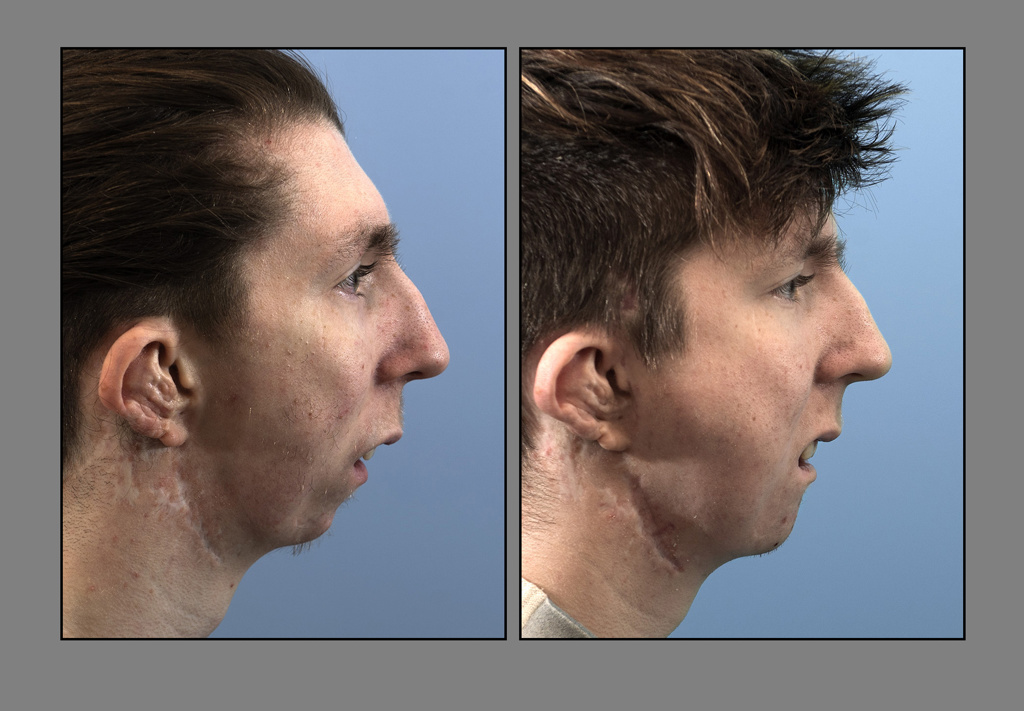
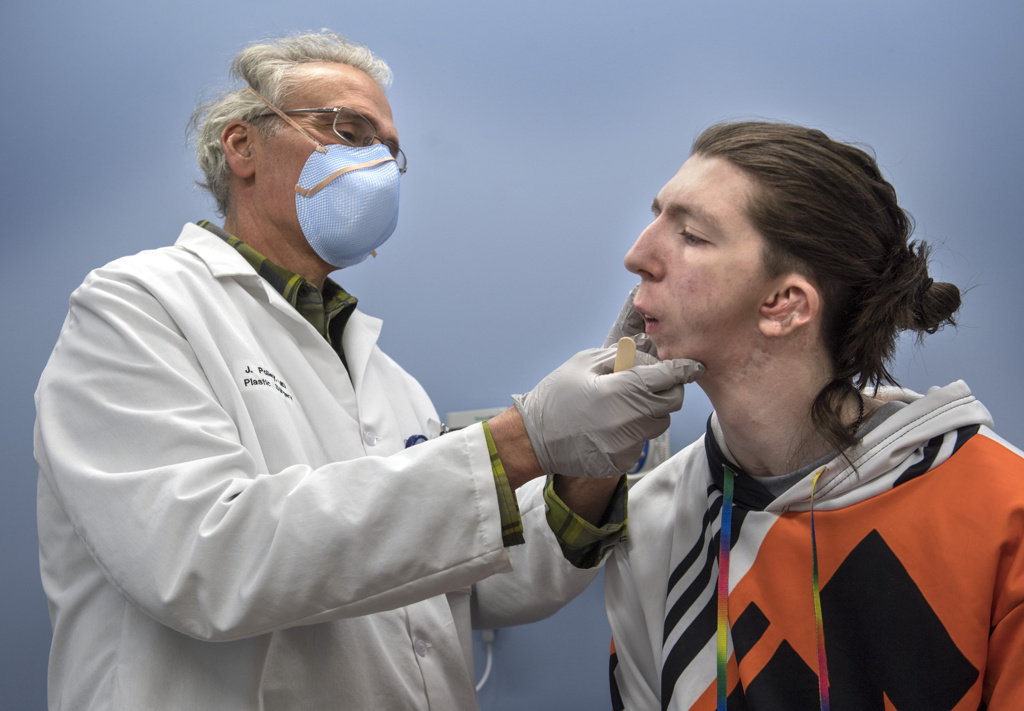

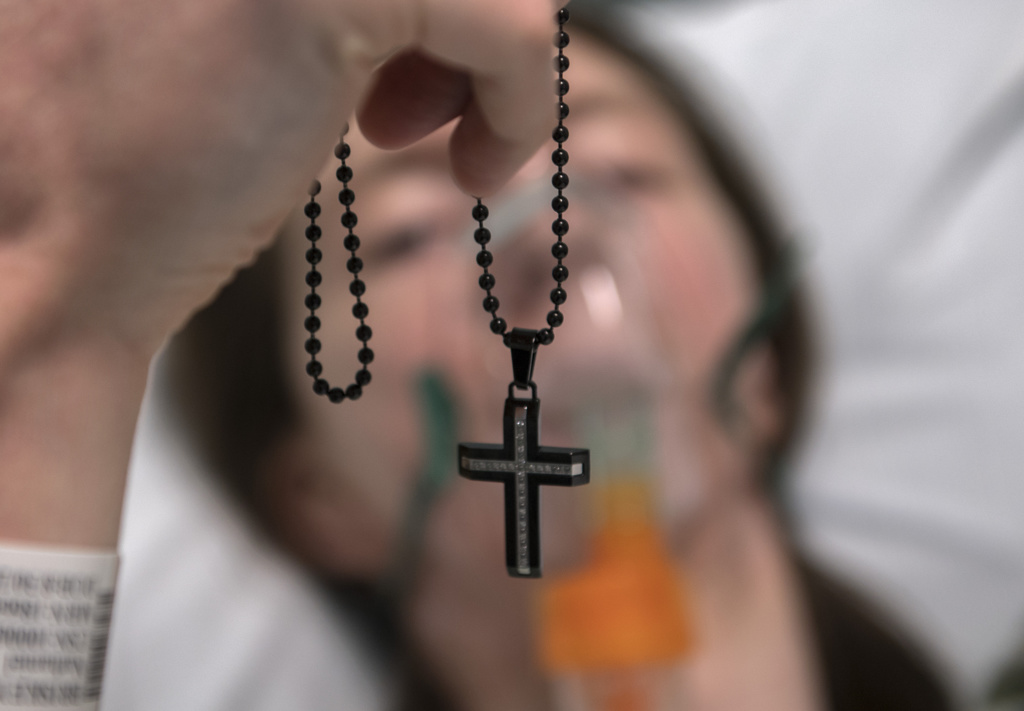

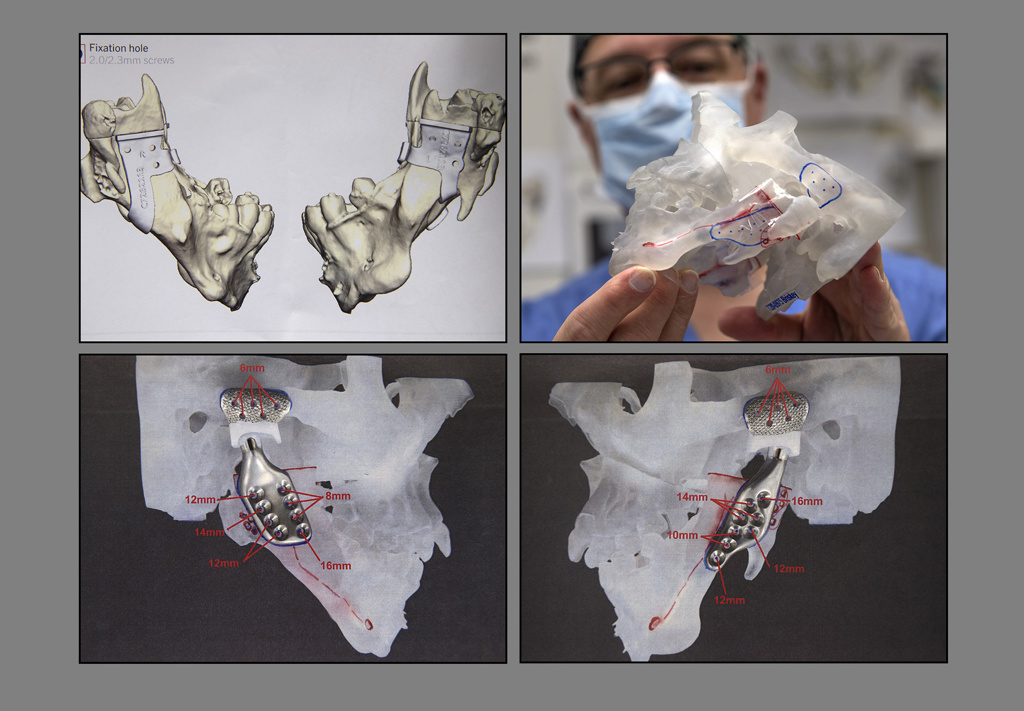
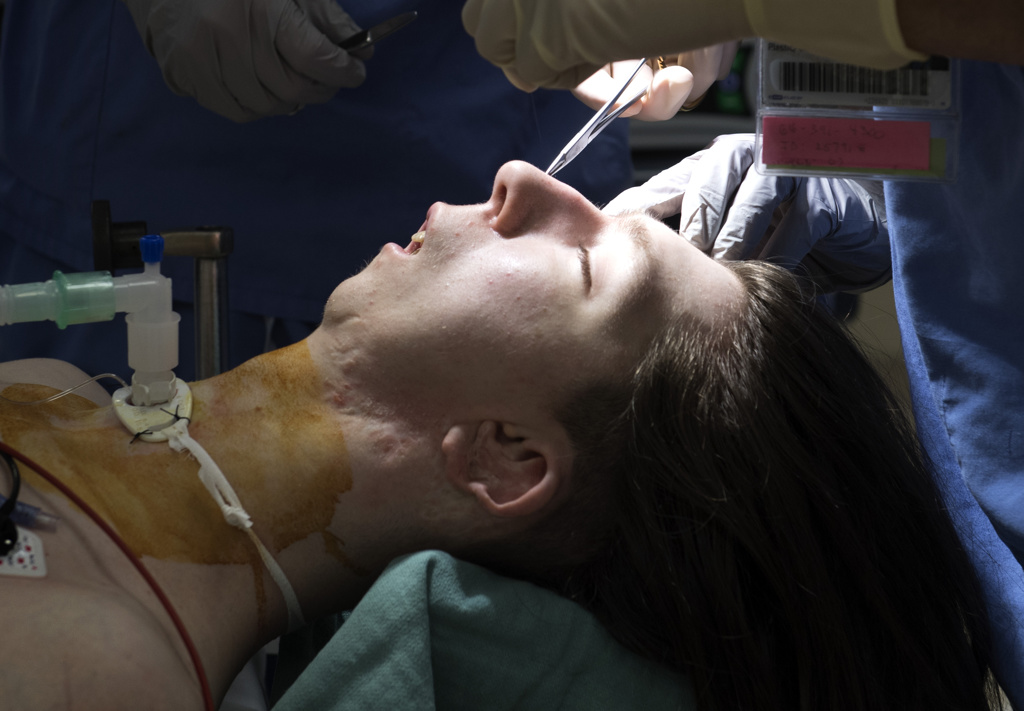
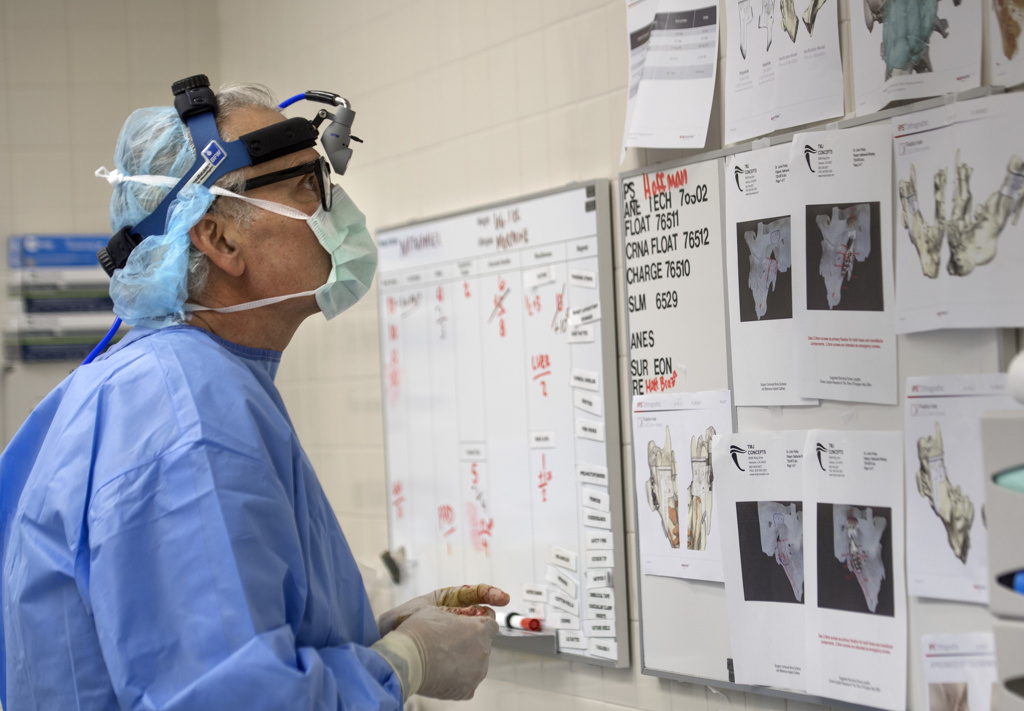
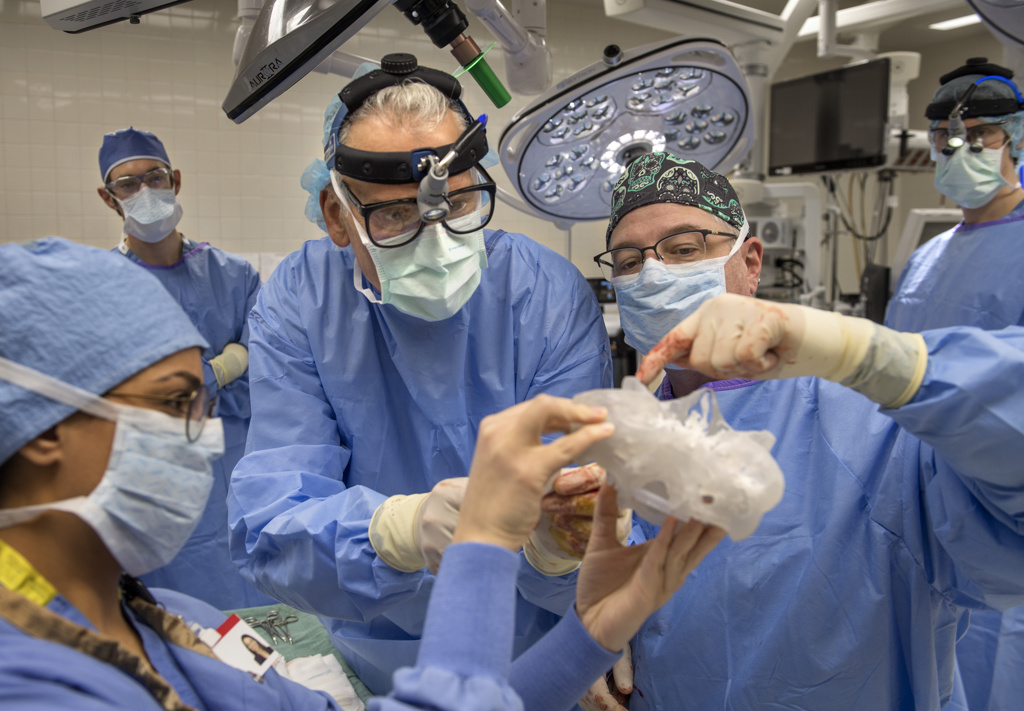
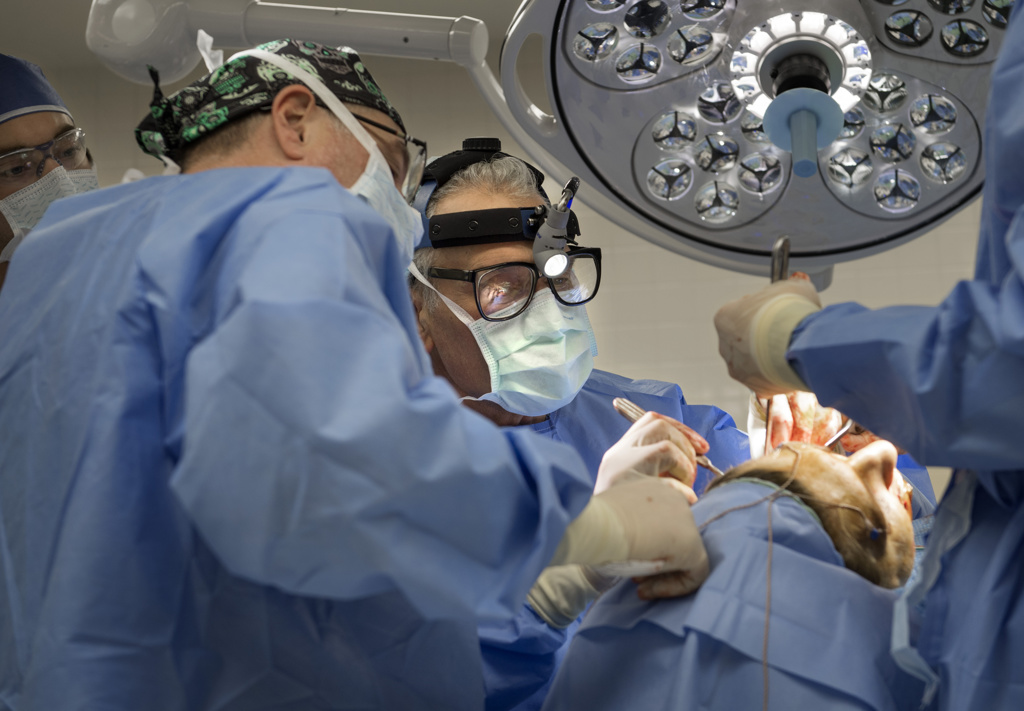
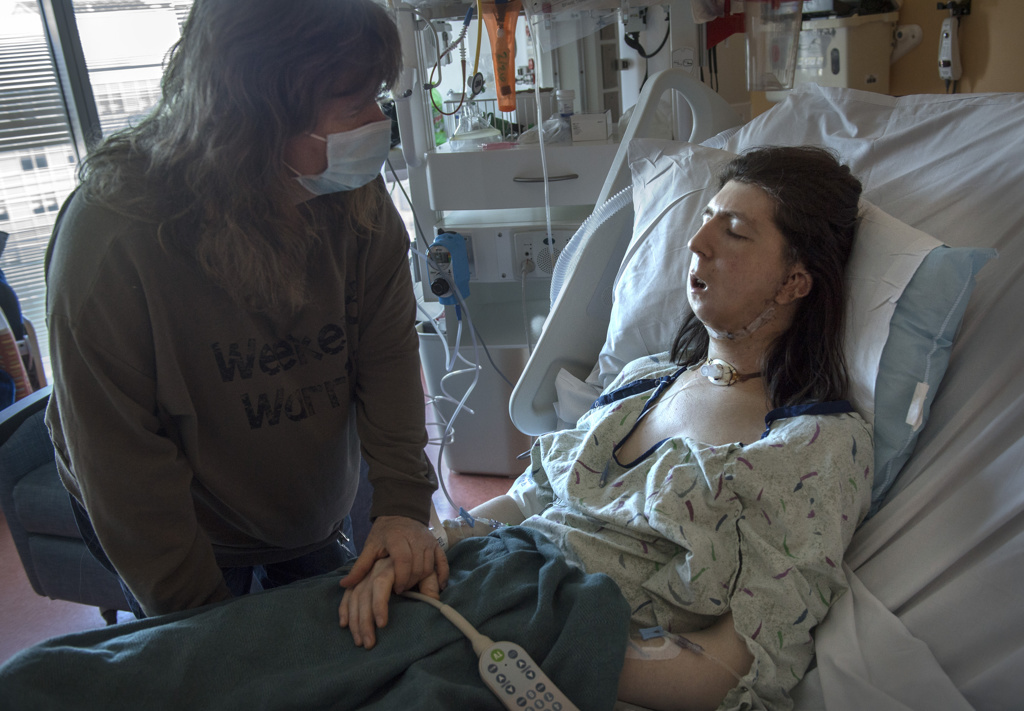


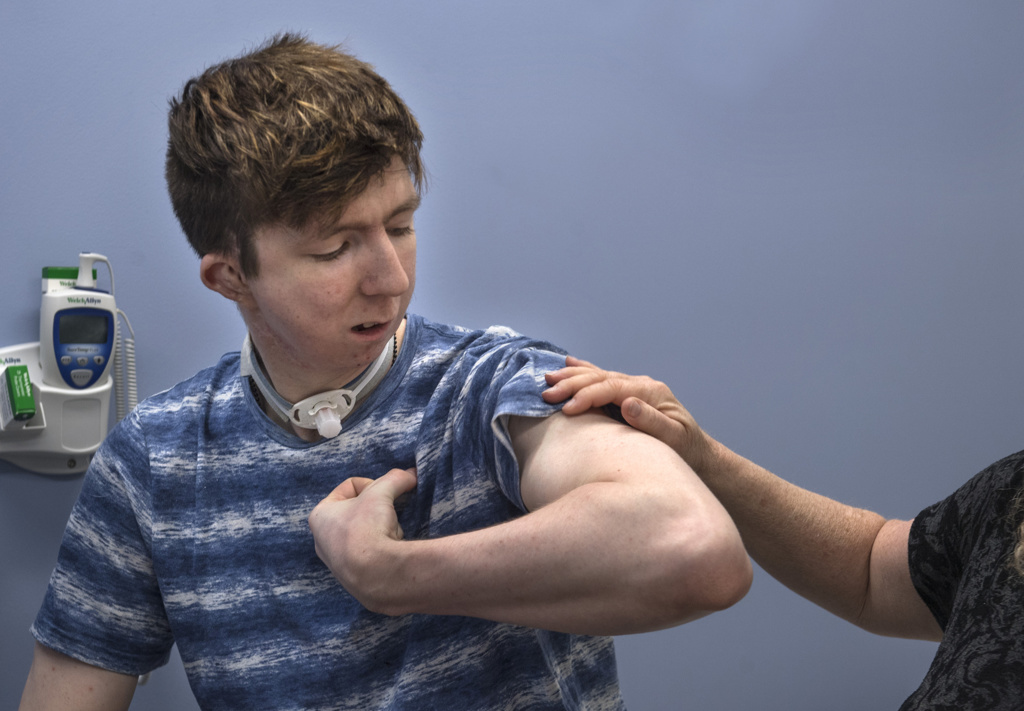
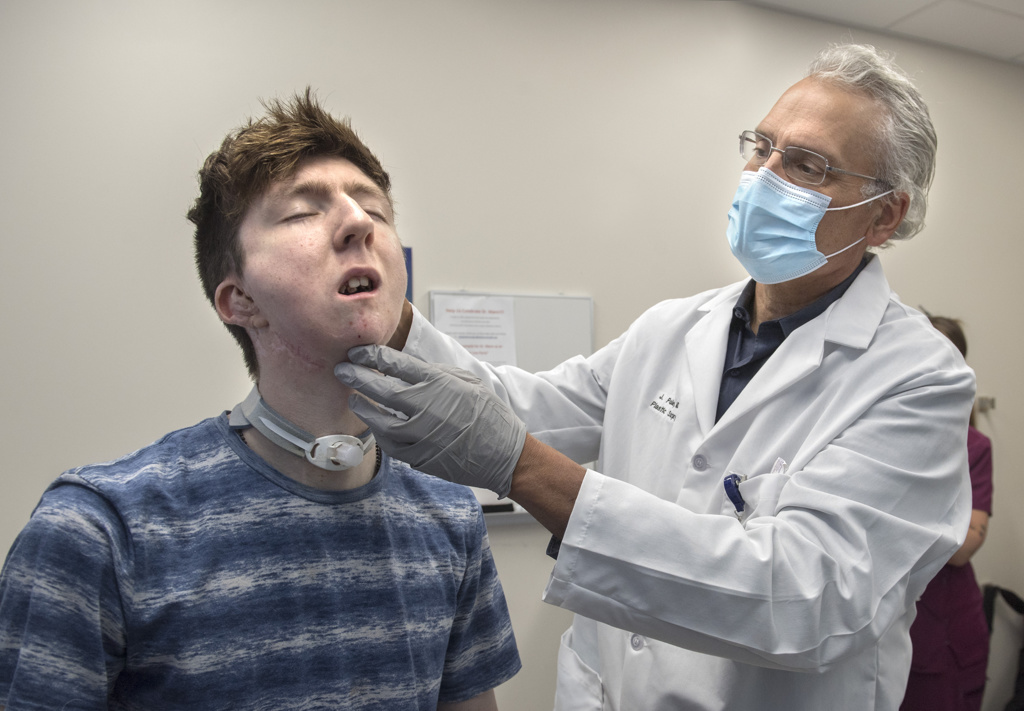

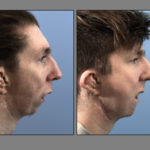
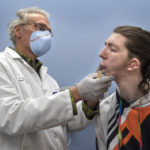
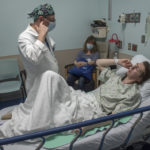
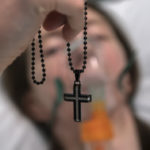
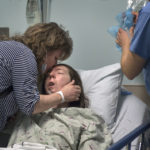
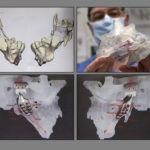











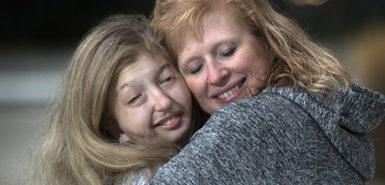 /a>
/a>
 /a>
/a>
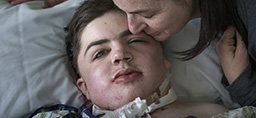 /a>
/a>